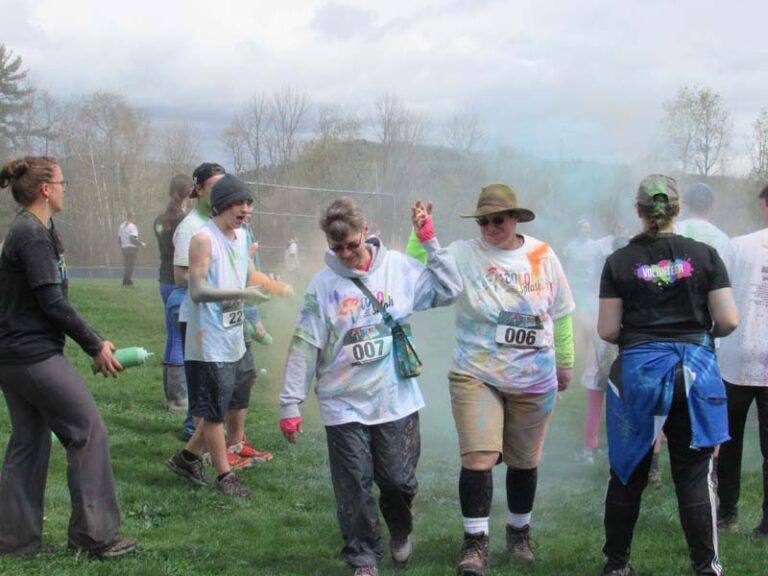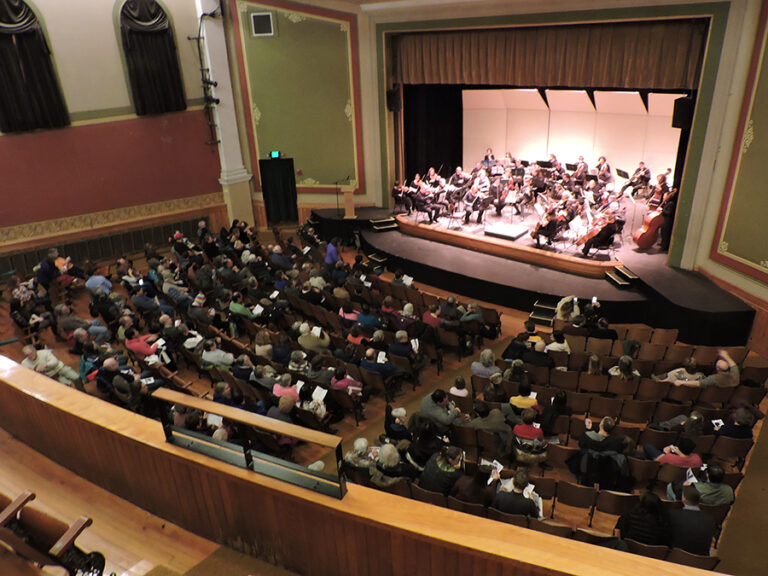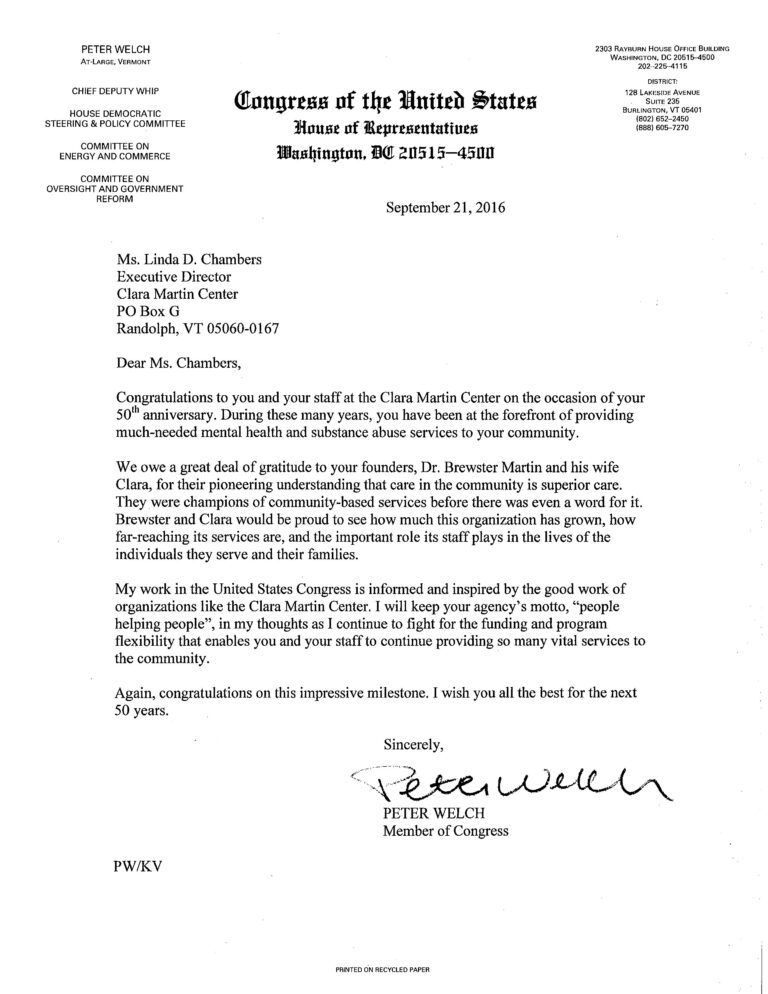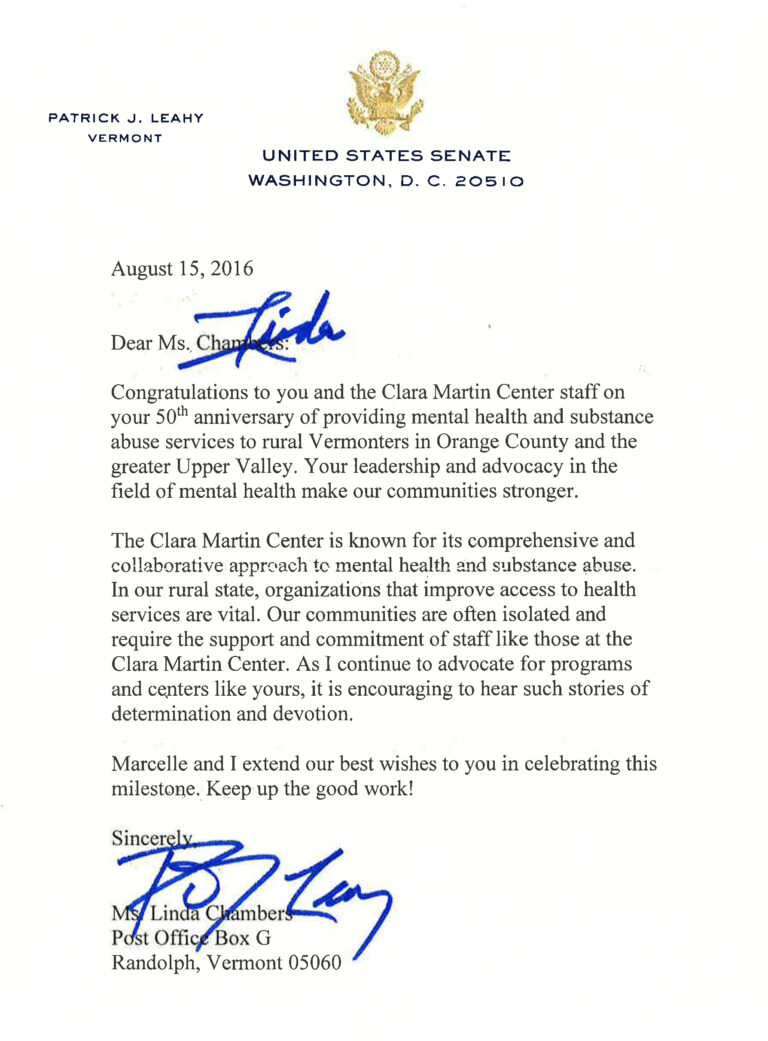Clara Martin Center Ready To Help With Real Life Issues
“We’re all caught in this.” Commented Clara Martin Center’s own Dr. Kevin Buchanan who sat as a panelist for the forum entitled Real Life’s Issues: Drugs & Our Community, organized by the Town of Randolph. The need to change how society perceives addiction, and the addict was clear from comments revolving around drug use in the community.
“Addicts are not always the junkie in the backyard trying to break in. They are not bad people, they have bad behaviors.” said Kerrie Taylor, Hub Program Manager for the Vermont Department of Health. These are family members, neighbors and friends struggling with these real life issues.
Representatives from the Vermont Recovery Network, Upper Valley Turning Point, CVSAS, Central Vermont Addiction Medicine (CVAM) and Restorative Justice Programs of Randolph also served as panelists.
This was the second forum the Town has held to continue the conversation about the increase in opiate use in this community.
Panelists shared about the services their agencies offered to those struggling with opiate addictions. For many, substance use and mental health disorders often go hand in hand. Buchanan explained that when Clara Martin Center began seeing this trend of clients dealing with both substance use and mental health issues, they trained all clinicians to be able to diagnose and treat dual diagnosis clients.
“Clara Martin is ready and able to help folks in the community dealing with these problems.” Buchanan said.
Speaking to concerns about the at-risk youth population, he explained that Clara Martin Center’s TAY (Transition Age Youth – ages 16-24) program has seen a steady increase of youth. In the TAY program, young clinicians are out on the street to engage and connect with youth in order to either prevent or treat substance use and other issues that impact their ability to thrive in the world. This program aims to reduce the risk factors for youth by helping them to obtain and keep stable housing, jobs and build skills to achieve long term success in their lives for themselves and others.
Medication is not the only treatment, panelists agreed, noting that group therapy and peer support can offer great support to those with addiction – especially while waiting to get into a medication treatment program.
Buchanan pointed out that society’s expectation that when someone has pain, they can go to doctor and get pain medication has fueled this drug epidemic. As doctors have become more prudent with the prescription of pain pills in recent years, the supply on the street has decreased and addicts have turned to heroin, which is cheaper and easier to obtain.
Look for other ways to treat and manage your pain, Buchanan encouraged. And if you do get a prescription for those meds, take great care of it by using it as briefly as possible and properly disposing of the leftovers. According to the Vermont Department of Health, nearly 70% of people 12 or older who abused prescription pain relievers got them from friends or relatives.




